Consolidated Liberator B-24 / F-7
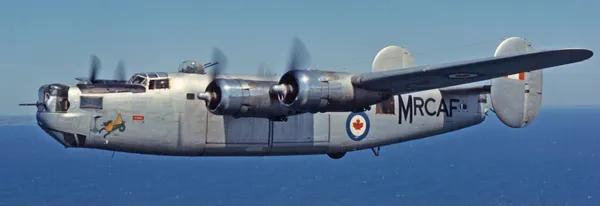
Consolidated Liberator G.R. Mk. VIII, RCAF (Serial No. 11130) ex-USAAF Consolidated (Vultee) B-24L Liberator USAAF (44-50154)
ex-RAF (Serial No. 5009), ex-Indian Air Force (Serial No. HE773).
Currently preserved in the Canada Aviation and Space Museum Ottawa Ontario.
The Consolidated B-24 Liberator was an American heavy bomber flown by the RCAF during the Second Word War. It was designed with a shoulder-mounted, high aspect ratio Davis wing which gave the Liberator a high cruise speed, long range and the ability to carry a heavy bomb load. Early RAF Liberators were the first aircraft to cross the Atlantic Ocean as a matter of routine. In comparison with its contemporaries the B-24 was relatively difficult to fly and had poor low speed performance; it also had a lower ceiling compared with the Boeing B-17 Flying Fortress. Of the roughly 18,500 B-24s built in the USA during the war, 148 were flown by the RCAF on long range anti-submarine patrols, with the B-24 serving an instrumental role in closing the Mid-Atlantic gap in the Battle of the Atlantic. The RCAF also flew a few B-24s post war as transports.
Roughly half of all (RAF) Liberator crews in the China-Burma-India (CBI) Theatre were Canadian by the end of the war. John Muir of Vancouver flew the longest mission of the war: 24hrs, 10mins from Ceylon to Burma and back. (Kyle Hood) Harold Skaarup web page
last update: 2021-09-18 19:06:22
Liberator B-24D / Mk. V 3701
H
Ex USAAF B-24D-25-CO serial number 41-24236. General note on the first RCAF B-24Ds (3701 to 3704): Received second hand from USAAF, in very poor condition and without all operational equipment. Mostly used only for training and transportation by RCAF. Initially operated in USAAF camouflage. The designation Mk. V was never officially used by RCAF. These aircraft were generally known as "Brazilian Liberators", in the belief that they had come from a USAAF unit based in Brazil (not confirmed by US records).
Operated by No. 10 (BR) Squadron, RCAF Station Gander, Newfoundland. Went missing on flight from Gander to Mt. Joli, Quebec, on 19 / 20 October 1943. Aircraft was diverted to Dorval because of poor weather at Mt. Joli, wreckage not found until June 1946. 24 fatalities, including most of the crew of Liberator 595, on leave after sinking U-341 a few weeks earlier.
1943-09-29 Taken on Strength 2019-08-20
1943-October-20 Accident: 10 Squadron Loc: Names: Barabanoff | Beattie | Dynes | Elliott | Finn | Fisher | Hambly | Howlett | Jenkins | Johnson | Johnston | Lamont | MacDonald | Marr | Mcnaughton | Patterson | Poirier | Radcliffe | Read | Sanderson | Silverstein | Veilleux | Ware | Wood
1944-03-23 Struck off Strength Struck off, after crashing at St. Donat, near Mont Joli, PQ on night of 19 / 20 October 1943. 2019-08-20



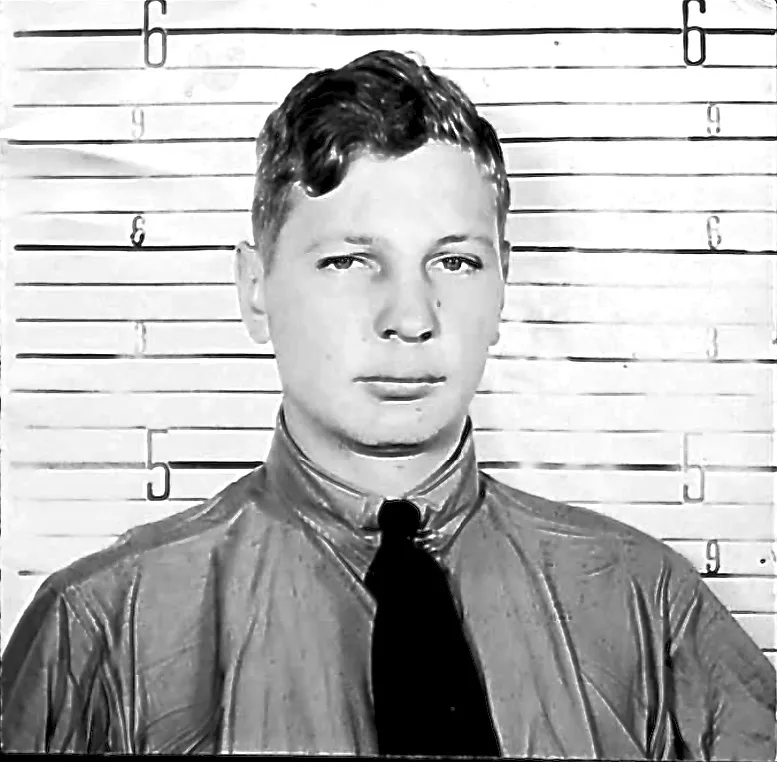

 19/20.1943. No.10 RCAF Bomber Reconnaissance Squadron B-24...
19/20.1943. No.10 RCAF Bomber Reconnaissance Squadron B-24... Canadian Virtual War Memorial
Canadian Virtual War Memorial Commonwealth War Graves Commission
Commonwealth War Graves Commission Finadagrave.com
Finadagrave.com Saskatchewan Virtual War Memorial
Saskatchewan Virtual War Memorial Library and Archives Canada Service Files (may not exist)
Library and Archives Canada Service Files (may not exist) Whitebeech, Saskatchewan
Whitebeech, Saskatchewan
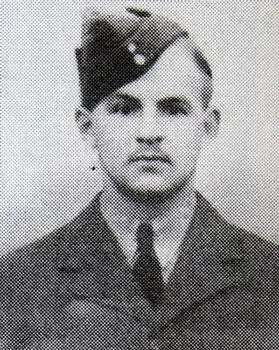
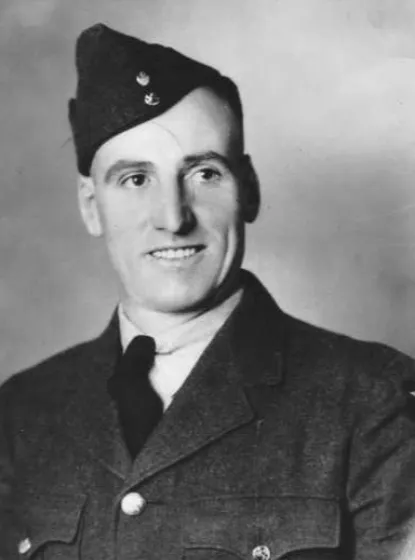

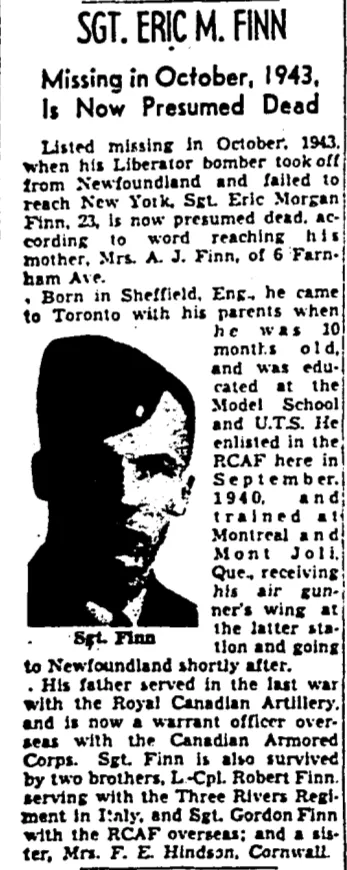
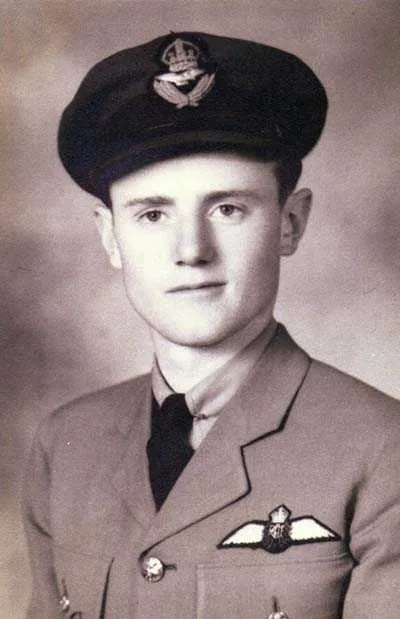

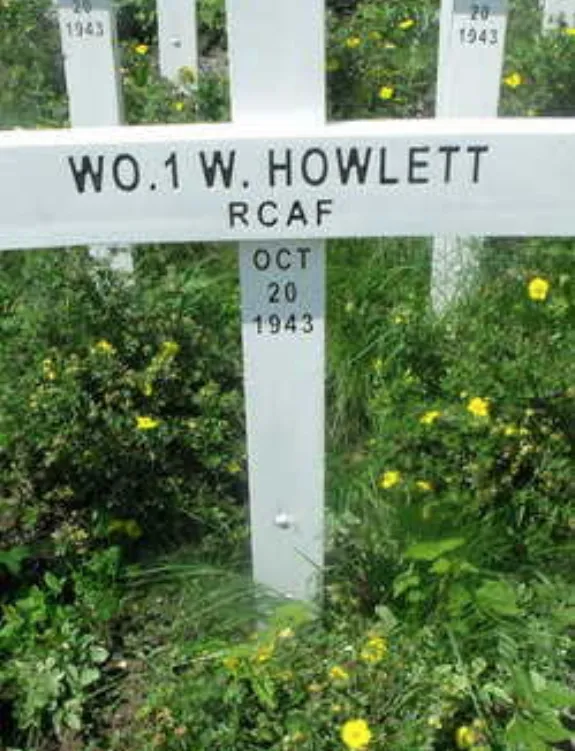

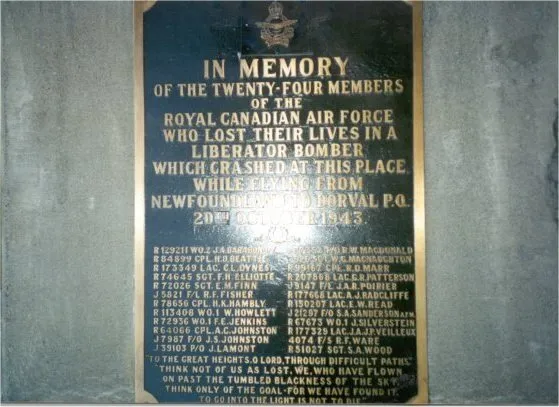
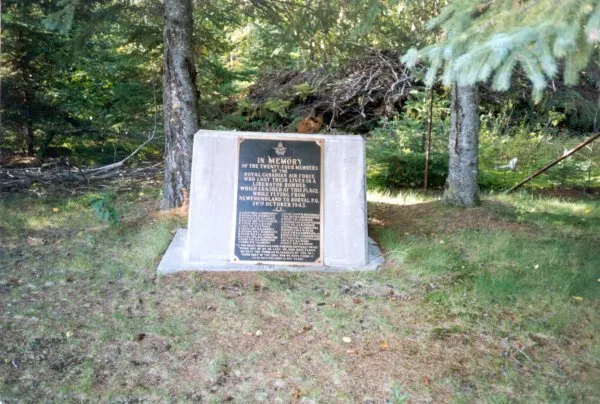

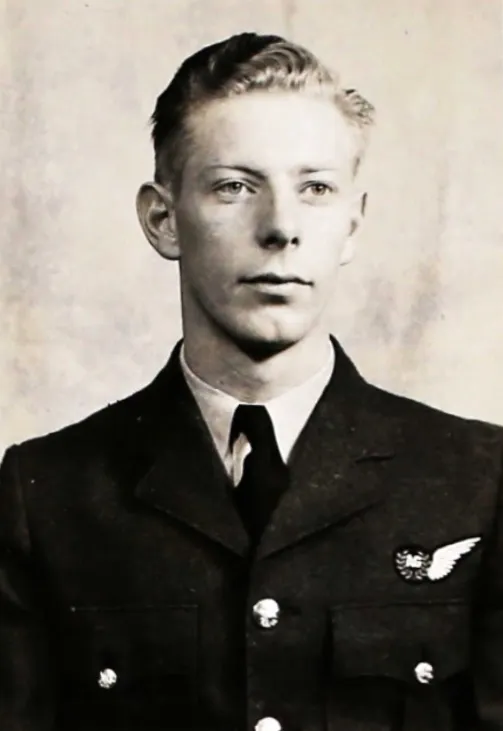

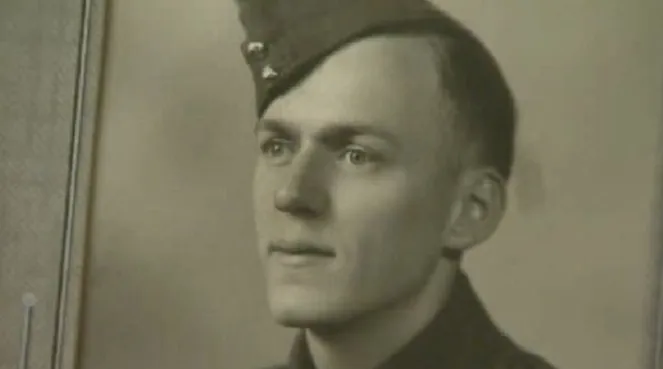
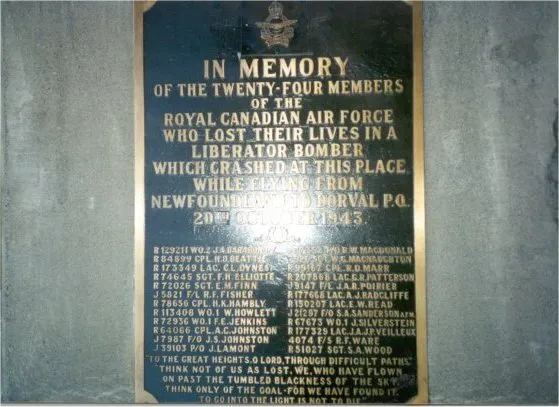
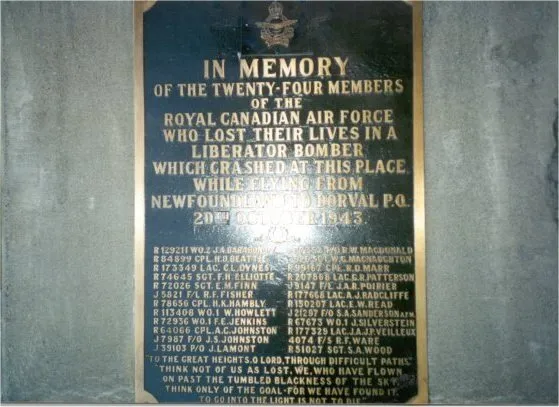
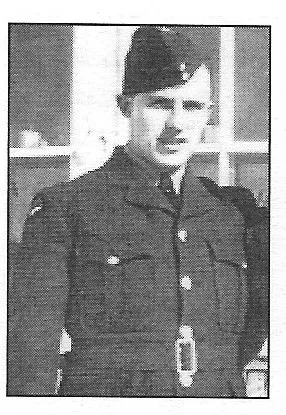

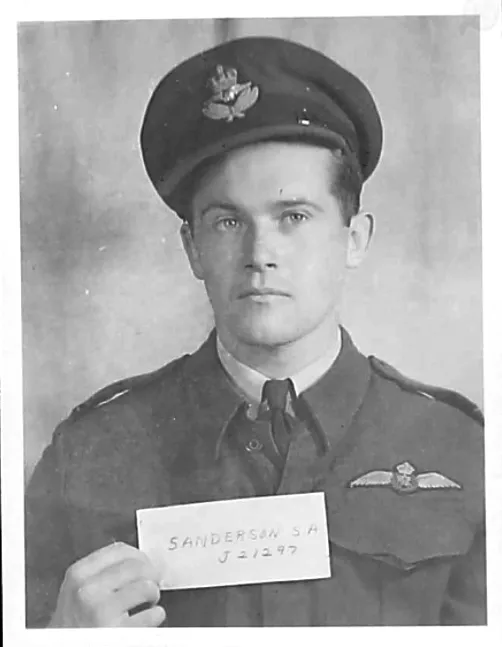
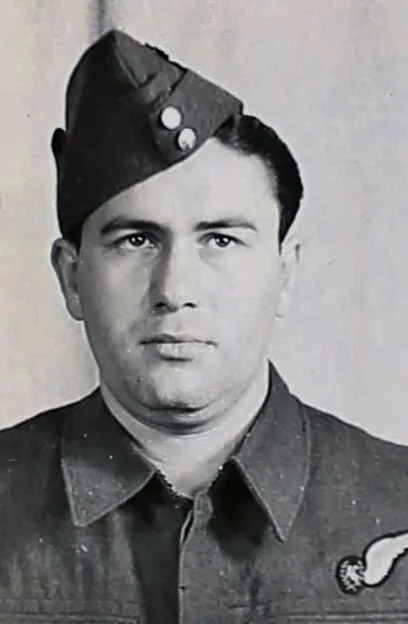

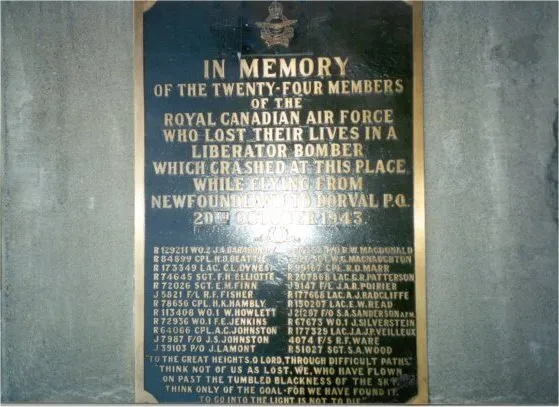

 Liberator bomber
Liberator bomber Wikipedia Liberator bomber
Wikipedia Liberator bomber